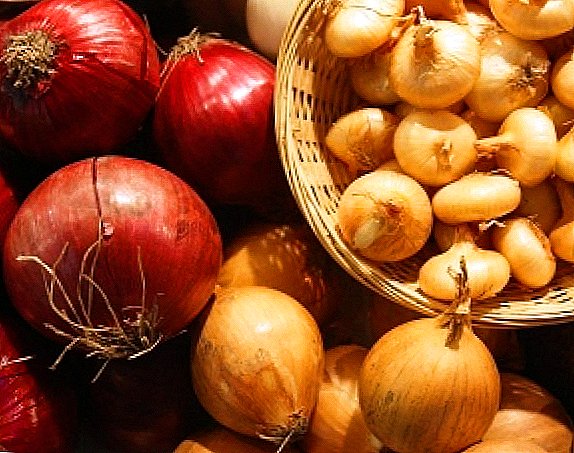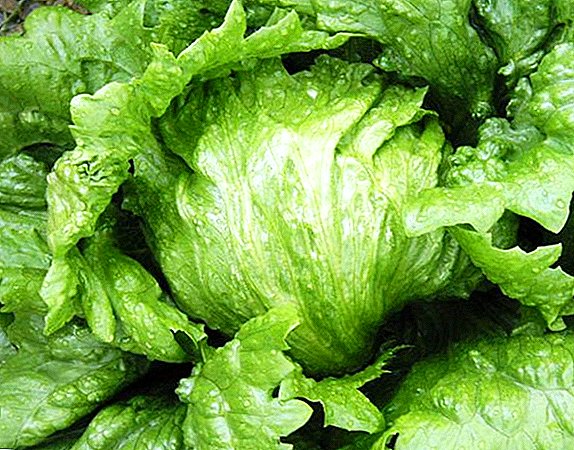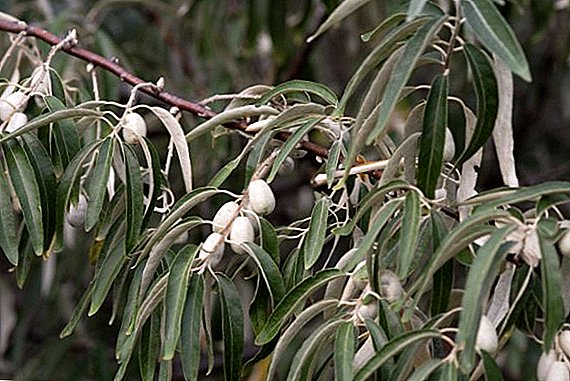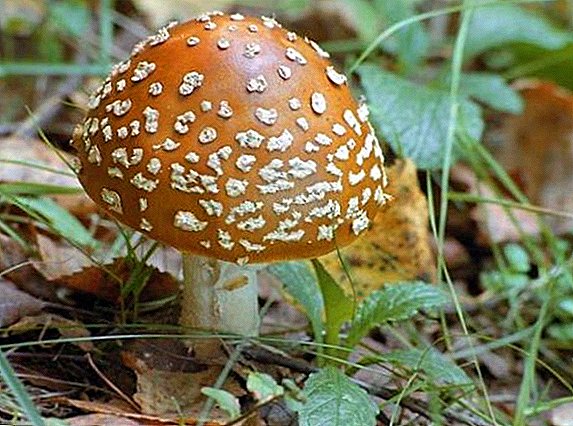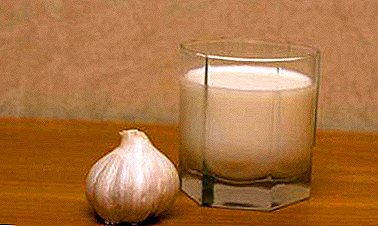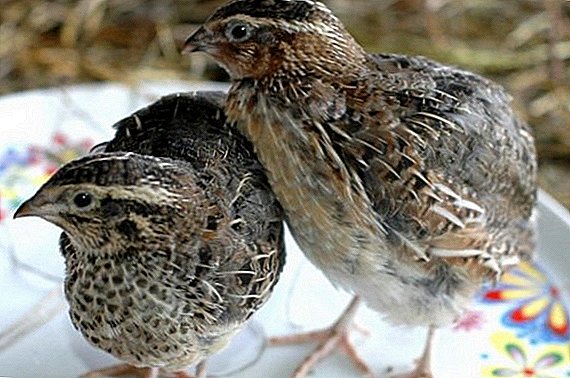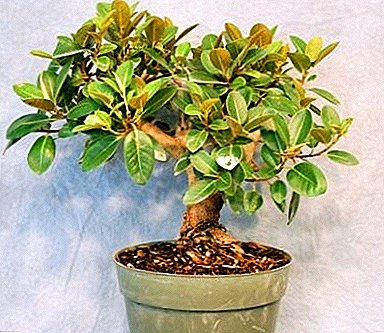
One of the most famous and common indoor plants - Ficus.
His views are so interesting, diverse and decorative that even an experienced florist will not just make a choice.
In our article we will tell about the Triangle ficus, the most famous in the home culture.
History of origin
A plant from the Mulberry family. The scientific name is Ficus triangularis.
It is an evergreen shrub with small, leathery, shiny, dark green leaves, rounded-triangular in shape, long up to 5-6 cm
Leaf blade thin. Streaks are gray-green, splitting at the top.
The view is characterized by a strong increase - up to 11-16 cm per year, therefore needs pruning.
In home culture often fructifies. There are variegated varieties with bright spots on the leaves.
In nature, distributed in tropical regions of central Africa.
In the natural environment can grow up to 30 metersand at home no more than 1 meter.
Home care
Many consider the ficus triangular unpretentious in the care at home plant. Growing it is really not difficult, although it requires regular attention, care and compliance with the necessary recommendations from the grower.
Care after purchase
 Proper care of the plant begins immediately after purchase.
Proper care of the plant begins immediately after purchase.
The container and the substrate in which the ficus was located in the store are unsuitable for permanent maintenance. Take care of the preparation of the tank and the soil in advance.
Before buying, be sure to inspect the appearance of the plant. The leaves should be strong, green, healthy, without spots and bloom. The surface of the trunk and soil should be clean.
During the first transplant, shake off the roots of the earthy coma, inspect. If there is rot, be sure to wash and disinfect, remove the damaged roots.
Some time after purchase the plant can perepalivat. This is a normal reaction to a change of scenery.
Watering
In the summer of ficus watered regularly, moderately. (up to two times in 7-10 days) On hot days, the soil is moisturized abundantly.
Late autumn and winter less water (up to one time in 7 days).
Moisture should not stagnate in the ground and in the pan. An overabundance often leads to rot.
Tip: Use only distilled water at room temperature.
It is very important to monitor the temperature of the water in winter and in summer on hot days.
It is impossible to water excessively with cold water in order to prevent a sharp temperature drop, cooling of the soil and roots.
Air humidity
Ficus prefers a room with high humidity.
Spray leaves regularly from the spray gun, especially in winter and on hot days.
If necessary, purchase a floor-mounted humidifier. It is useful not only for plants, but also for health.
Tip: In winter, keep the pot away from the radiator and the battery.
With a lack of moisture, you can pour wet clay into the pan or place a container with water next to it.
Temperature
In the spring and summer, the indoor air should be around 20-25 degrees. In winter, the temperature is reduced to 16-17 degrees.
In winter, the temperature in the room should not fall below 14-16 degrees to prevent problems with the health of the plant.
On warm days it is useful to take the flower to fresh air.
Lighting
Triangular ficus - one of the few shade-tolerant plants. It can be grown even on the windowsills of the north side.
Direct sunlight does not tolerate. In the summer it is removed from the window or create ambient lighting conditions. The leaves are sensitive to overheating and burns.
The soil
 Choose a loose, light, fertile soil, well permeable to oxygen to the roots and rich in minerals.
Choose a loose, light, fertile soil, well permeable to oxygen to the roots and rich in minerals.
You can buy ready-made earthen mixture for indoor flowers, adding to it a little sand and brick chips for drainage.
You can make the ground yourself from leaf and sod land (in equal proportions), sand and charcoal.
The second option is to mix peat, leaf, sod land and sand.
Soil acidity - not higher than 6.0-6.5.
At the bottom of the pot must make a drainage embankment.
Bloom
In home culture blooms and bears fruit regularly. The flowers are small, round, brownish, like berries. In the summer may fall.
Planting and transplanting
It is carried out in the middle of February or March. Young plants are transplanted annually, adults once every two years.
If the pot is larger 25-30 cm use the transshipment method. Complete transplant if necessary.
Pruning
For the formation of the crown and the maintenance of the decorative appearance Ficus requires regular, timely pruning.
To form a stem on the main stem, remove all lateral shoots until the desired height is reached.
After that pinch the top of the stem. New shoots will begin to appear from the axillary buds.
In the following years, too extended shoots are again removed above the bud, facing outward from the crown.
Remove need and weak twigs, directed inside the crown.
To stop the secretion of juice, the cut sites are soaked with a damp cloth and sprinkled with charcoal.
Note! Air roots can not be removed! They are carefully tied, fastened to the stem, redirect growth to the ground.
Breeding
Ficus propagated by cuttings, air layering or seeds. It is preferable to select the first method.
Reproduction is carried out in the spring. Cuttings are selected 15-17 cm long and with 3 pairs of leaves.
Attention! The length of the cutting should be twice the length of the leaves.
Cuttings treated root.
Then placed in a container with peat and perlite. Maintain temperature about 25 degrees.
Capacity set in terms of ambient lighting. Grown in greenhouse conditions, that is, covered with plastic or glass jar on top.
Once a day, it is removed for airing sprouts and moisturizing, if necessary.
Glass clean In 2 weeks, when the stalk rooted. After rooting, the plant is transplanted.
A photo
In the photo ficus "triangular":




Diseases and pests
Ficus are sufficiently resistant to diseases and pests. Problems may result from improper care.
If the flower suddenly started throwing off the leaves, you may be disturbing the irrigation regime, leaving the plant in a draft, or growing under a lack of light. Sometimes this happens when you change the usual situation.
Wrinkled leaves may indicate a lack of humidity in the apartment.
Bleached and fallen leaves are observed with defeat shield.
In case of weak damage, you can remove insects with a cotton swab dipped in alcohol. In case of severe injury, use insecticides - aktellika solution for example.
Thin white cobweb under the leaves and between them indicates the defeat of the spider mite.
The plant should be regularly sprayed with water, increase the humidity in the room. With severe lesions required chemical treatment.
Mealy worm often appears with dry air in the apartment, especially often in winter. Effective method of struggle - Carbofos treatment.
Benefit and harm
 Fans of Indian culture and feng shui love to grow ficus at home.
Fans of Indian culture and feng shui love to grow ficus at home.
It is believed that it not only cleans the air from dust, toxic substances (benzene, phenol), but also has a positive effect on the energy background in the room.
According to the practices of Ayuverdy Ficus clears the atmosphere of negative emotions: anger, anxiety, feelings, contributes to the calm flow of life.
Lovers of traditional medicine also do not bypass this plant. Infusions, decoctions, compresses prepared from ficus, are used to treat various diseases: arthritis, sciatica, etc.
To get involved in such methods is not worth it. In the literature there is no data on the conduct of official clinical studies confirming the medicinal properties of ficus. In addition, the milky juice of ficus is considered poisonous.
Skin contact may cause allergic reactions.
Attention! The plant should be kept away from children and pets.
Triangle ficus - a popular houseplant that many growers love to grow.
It was loved by not difficult care and excellent decorative qualities.
If you give the flower your attention and care, for a long time it will serve as the main decoration of your apartment.


